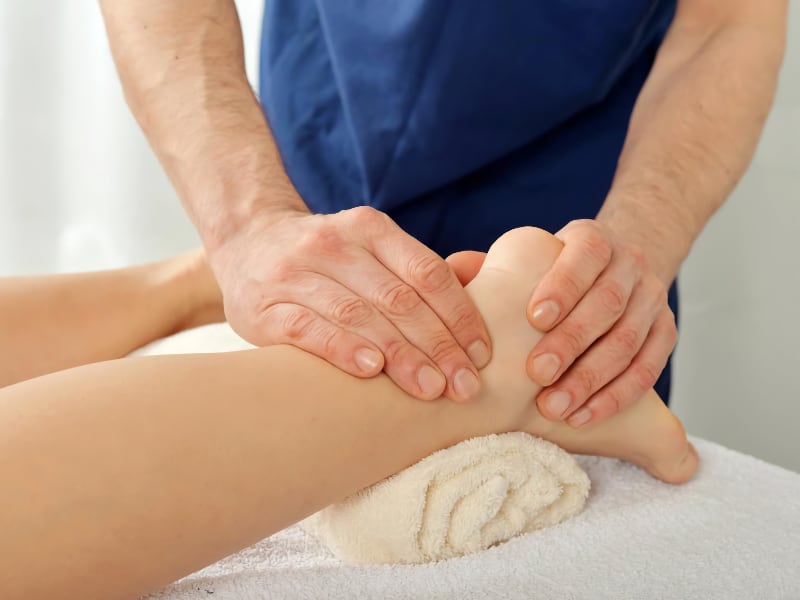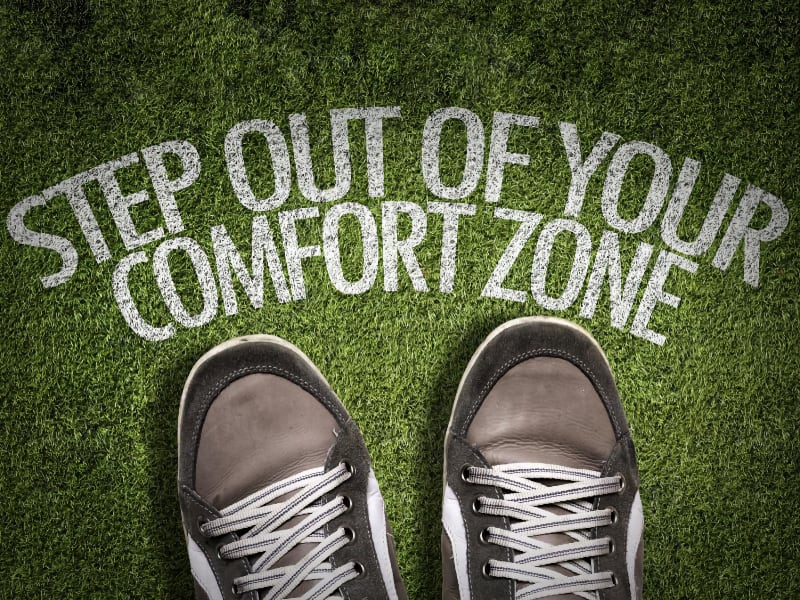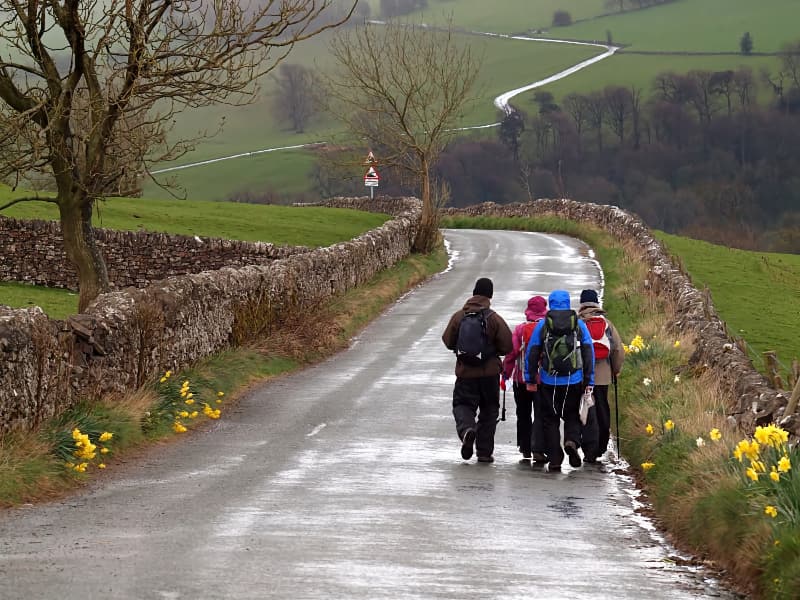
Anxiety, depression and stress have become unwelcome companions in our fast-paced lives, with the World Health Organization declaring a global mental health crisis. Yet, amid the turmoil, a simple, time-honoured remedy awaits, quite literally at our feet: walking.
Walking isn’t just a means of getting from point A to point B; it’s a powerful tool to improve our physical and mental wellbeing. Better yet, it requires no expensive equipment, no special skills and can be done almost anywhere, at any time. But the true magic happens when we take our walks in nature.
Whether it’s a stroll through a city park, a hike in the mountains or a meander along a coastal path, walking in green spaces offers a multitude of benefits to improve your mental health. With Men’s Health Week falling within this month (10-16th June), we take a look at why walking could be the perfect antidote for stress and anxiety.
Nature’s Impact on Our Mental Health
Have you ever wondered why a walk in the woods or a day at the beach can leave you feeling so refreshed? This isn’t just a subjective experience — it’s part of our evolutionary heritage, honed over millennia when our survival depended on understanding and interacting with our natural environment.
Countless studies have shown that, in addition to the physical benefits, spending time in nature can increase our serotonin levels which are associated with mood regulation and certain mental health conditions like anxiety and depression. While walking and forest bathing aren’t a replacement for speaking with a qualified therapist, it can be a welcome addition to your routine to boost happiness and reduce stress.
Walking as a Healthy Outlet for Men
In a culture where men are often expected to be pillars of strength, finding healthy ways to manage stress and emotion can be challenging. Many traditional outlets, like talking therapy or support groups, require a level of verbal vulnerability that some men, conditioned by societal norms, find daunting. This is where walking emerges as a powerful alternative. It offers a way to care for their mental health that aligns with, rather than challenges, conventional masculine ideals.

Physical activity has long been a culturally acceptable method for men to handle stress. Whether it’s hitting the gym, playing sports or engaging in outdoor pursuits, exertion is often seen as a way to “work through” problems. Walking fits seamlessly into this framework.
It’s a form of exercise that doesn’t demand peak fitness or competitive spirit, making it accessible to men of all ages and abilities. Yet, it still carries a sense of action and purpose—you’re not just sitting with your feelings; you’re literally moving forward, a metaphor that many men find empowering. This is the goal behind The Woodpecker Project, a mental health awareness charity that encourages people to take part in fitness challenges as a way of getting the conversation around mental health started.
The Social Side of Walking
While the solitude of a solo walk can be profoundly healing, there’s another dimension to walking that’s equally powerful: its social aspect. Humans are inherently social creatures, and for anyone who may feel isolated by mental health struggles or the pressure to appear strong, walking in groups offers a unique blend of community and support. It’s a way to connect with others without the intensity of face-to-face conversations, allowing bonds to form organically over shared experiences.
Walking groups and hiking clubs have seen a surge in popularity, particularly among men. These groups provide structured opportunities to walk together, whether it’s a Saturday morning stroll through a city park or a weekend trek in the mountains. The beauty lies in the balance: immersing yourself in a social setting, yet the focus is on the walk itself, relieving the pressure to make small talk or disclose personal issues right away.
Walking retreats offer another avenue for social connection, with themes that cater to diverse interests. From our Walk Yourself Happy Retreat to historical walks that let you explore a city’s past, architectural tours showcasing design marvels, and food-themed strolls combining exercise with culinary delights, these specialised outings attract like-minded individuals, fostering conversations that start with a shared interest.
This communal aspect to group walks provides a crucial support network. Men in walking groups often describe an unspoken understanding: if someone’s pace slows or they need a break, others adjust without question. It’s a physical manifestation of emotional support — “I’ve got your back” translated into “I’ll match your stride.” Over time, this silent compassion can make verbal support feel less daunting.

Getting Started: Tips and Resources
If you’re feeling drawn to the idea of walking for mental health, taking the first step — both literally and figuratively — might seem daunting. Where do you begin? What if you’ve never been much of an outdoor person? Rest assured, the path to wellbeing through walking is open to everyone, regardless of experience or fitness level.
Finding community is an excellent first move, especially if you’re new to walking or hesitant about going solo. Local walking groups and meetups abound, catering to various interests and abilities – websites like Meetup.com have dedicated walking categories to kick off your search. Don’t be intimidated by the intense-sounding groups; many welcome beginners and explicitly state their supportive, no-judgement philosophy.
Safety should always be a priority, especially for solo walkers. Trust your instincts — if a trail or area feels unsafe, it probably is. You should also tell someone where you’re going and when you expect to return. Apps like what3words can help you communicate your exact location in an emergency. Don’t hesitate to adapt walks to your needs. If you have physical limitations, many areas offer accessible trails designed for all abilities.
Lastly, remember that walking is just one part of improving your mental health. If you have concerns and are struggling, it’s important to speak up and tell someone, whether that’s a family member, a friend or colleague, or your GP.
There’s no one-size-fits-all when it comes to embarking on walking for your mental health. Some men find solace in silent trails, while others thrive in chatty tours where they can broaden their network. Your path is uniquely yours. The key is to start, stay open to the experience, and let each step guide you toward a healthier, happier mind.
Feeling inspired? Why not order your copy of ‘Walk Yourself Happy’ by Julia Bradbury today.



























